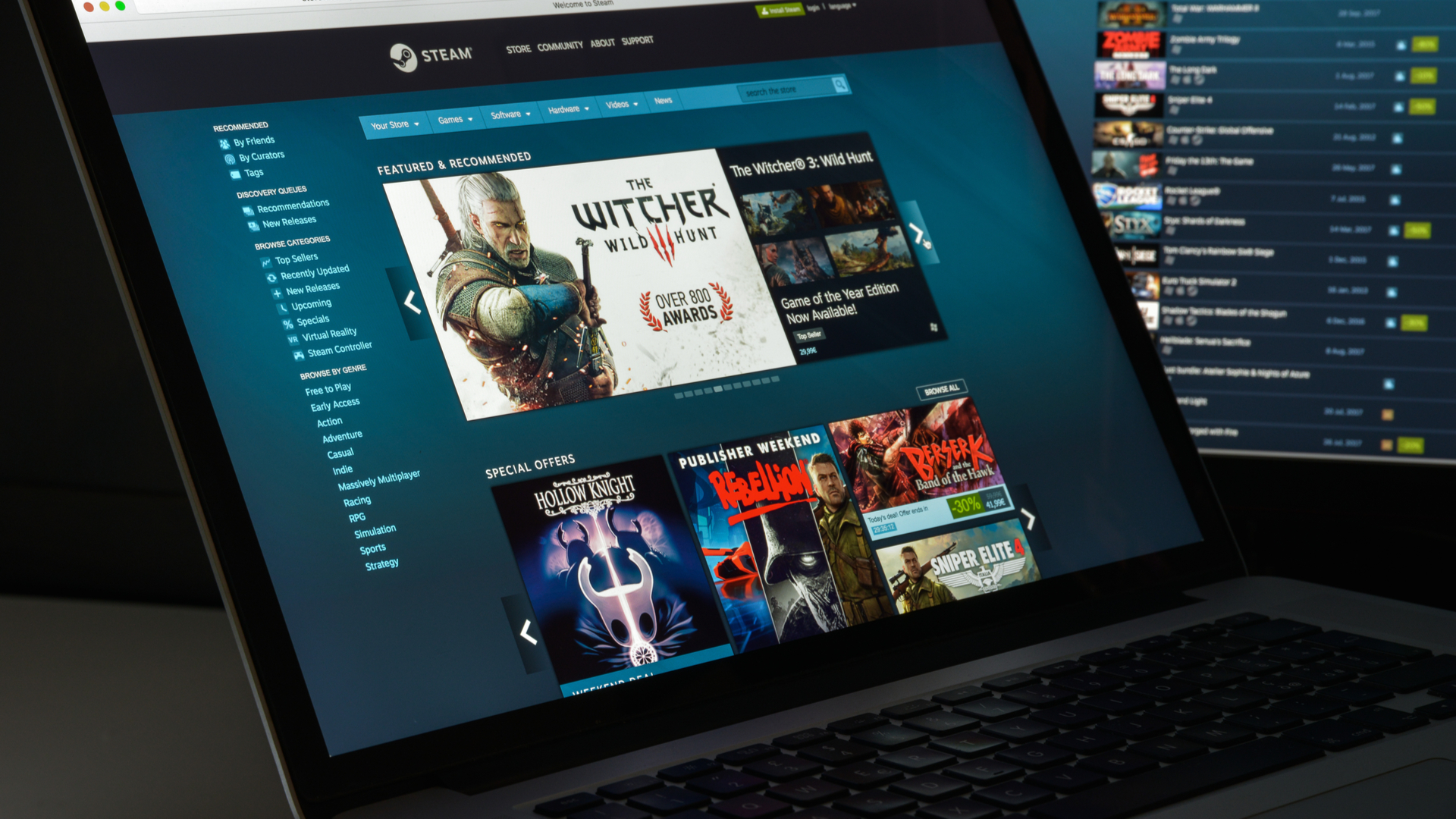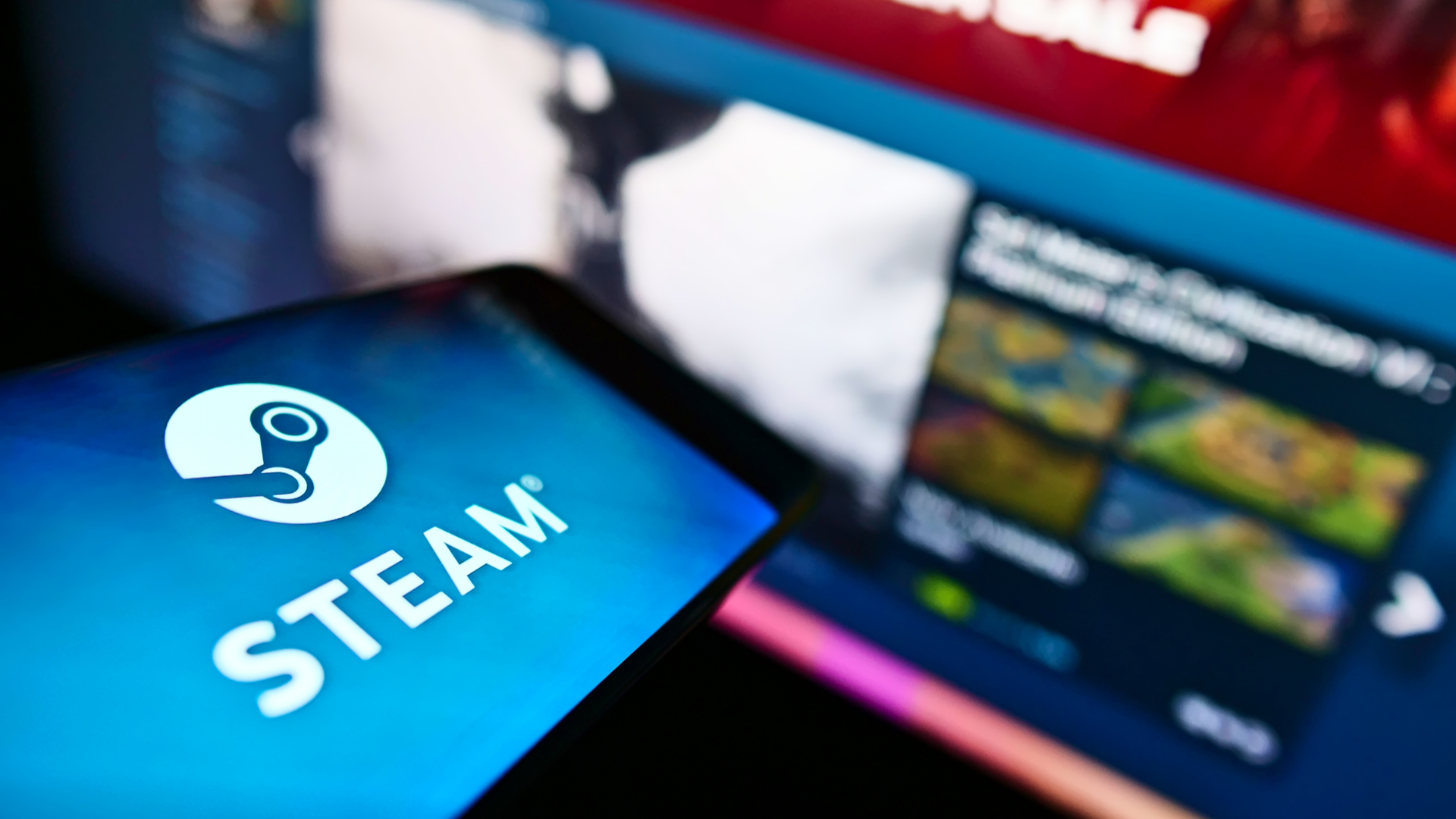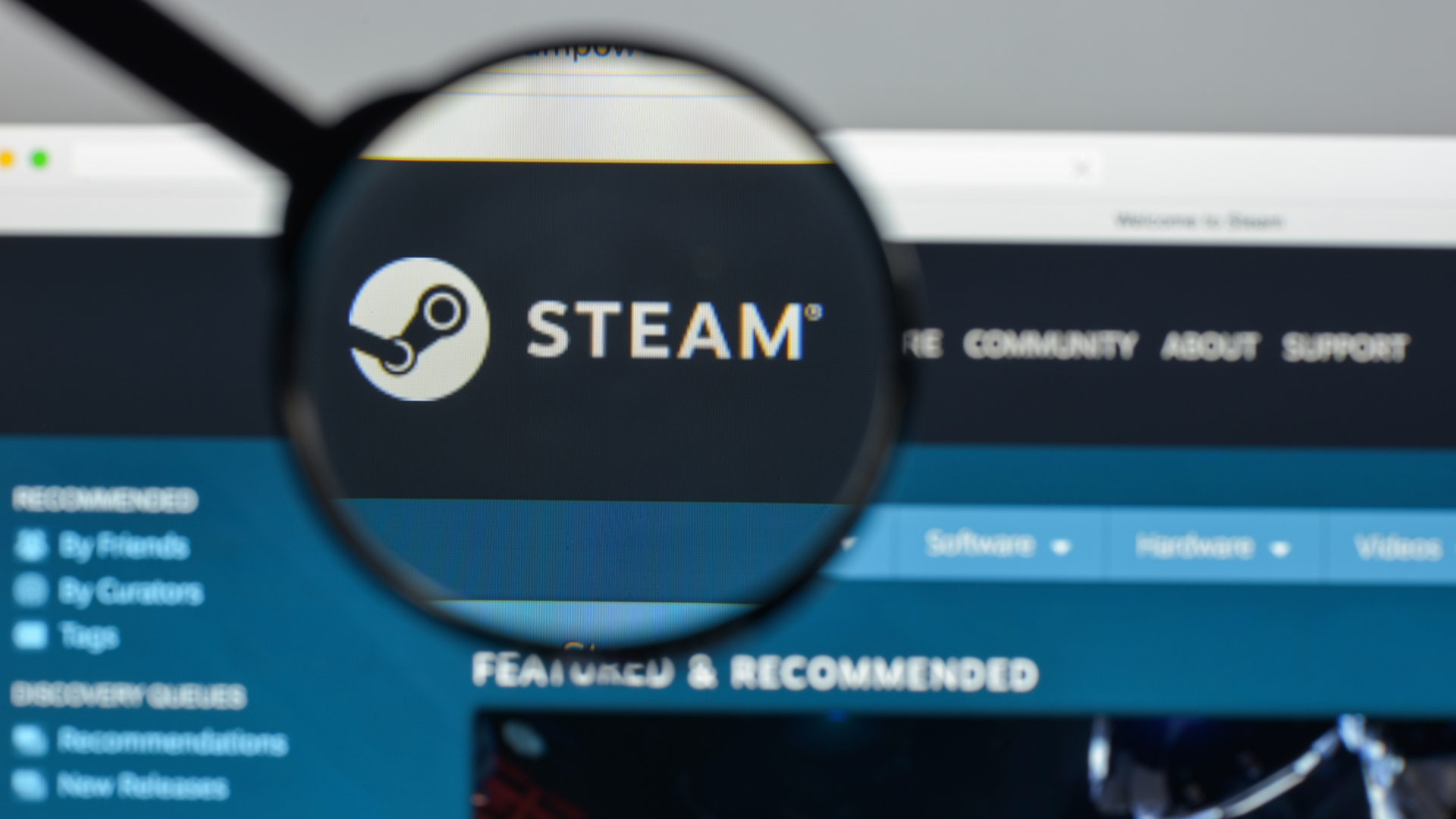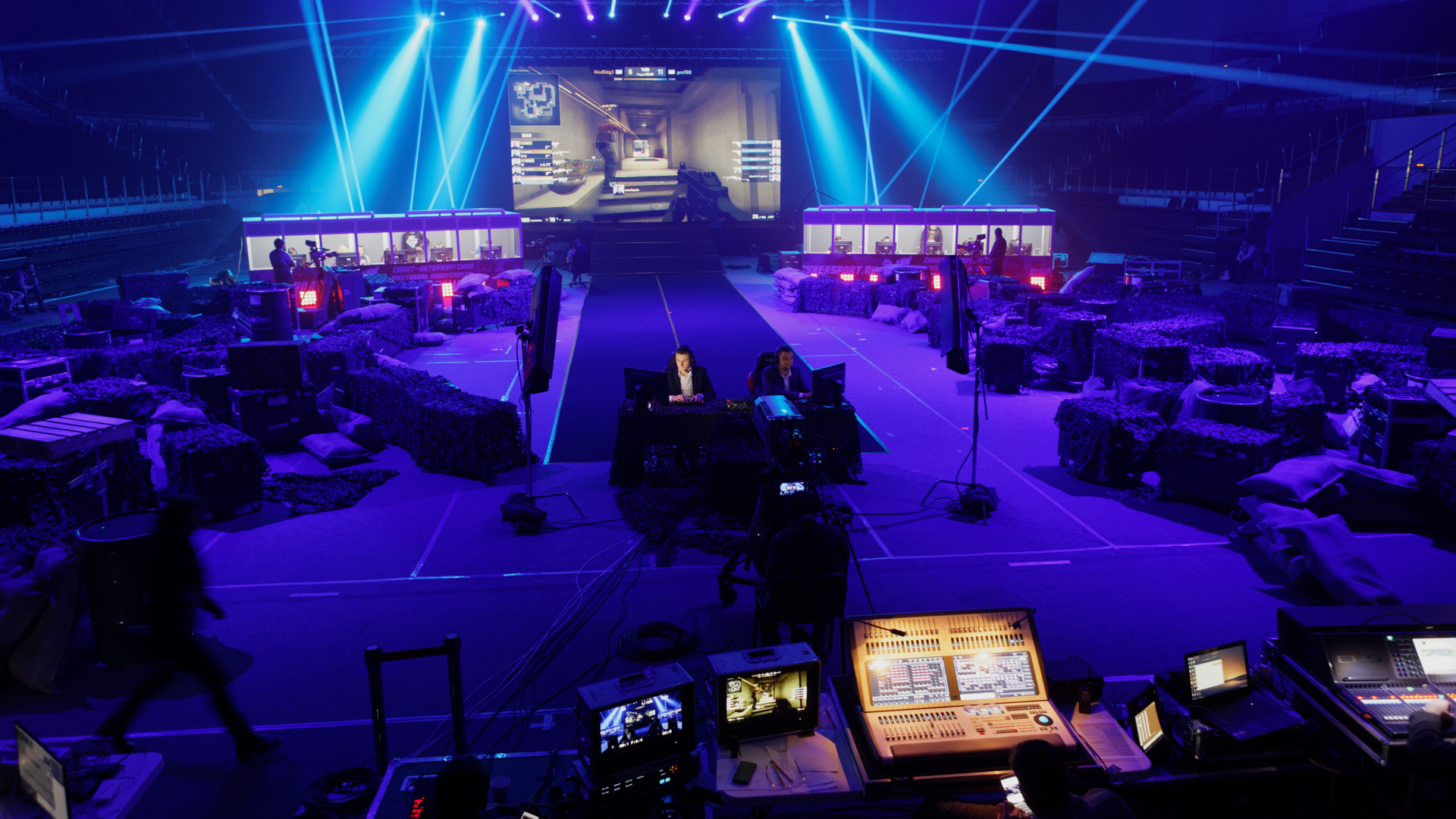Steam has added and removed features over the years, adapting to market changes and the shifting philosophy of Valve. Given the enormous influence of both the platform and the company that created it on PC Gaming, this evolution has had a profound, if sometimes subtle, impact on game developers and publishers.
Steam has become synonymous with PC Gaming and, despite having more competition than ever in recent years (we’re looking at you, Epic), it remains the reference point for PC gamers.
Bit by bit, patch by patch, feature by feature, Steam has been gradually reshaping the way players engage with PC games over the last 17 years. And developers and publishers, particularly within the indie sphere, have been paying attention, adapting their games and their craft in turn. Steam's influence transcends its own environment, more so, since most video games are ported to several platforms.
Below we take a look at some of Steam’s key features, and at how they’ve influenced game development.
Steam Greenlight (2013-2017) and Steam Direct (2017)

What are they?
Two paths for publishing on Steam. Steam Greenlight first – now defunct – relied on user votes, while the current model, Steam Direct is based on a flat $100 fee per game and a slight review by Valve.
How did they affect Steam?
Steam Greenlight opened the Steam gates to hundreds of small developers, being part of the so-called ‘indie revolution’. However, this flooded the store, and by 2016, 38% of all Steam games were published though Steam Greenlight. Ironically, this made it also part of the so-called ‘indie apocalypse’.
Steam Direct continued this pattern, increasing the rate at which games were added to the platform by making it easier than ever to access Steam (it reached 50,000 in February of 2021). This situation has made the store algorithm the most important factor for developers to take into account when positioning a game.
How did they affect game development?
Steam Greenlight and Steam Direct are the two features that have affected Steam most deeply. Their influence has been felt throughout the whole Steam ecosystem, shaping both other features and the very nature of the games that flood it.
Along with the rise of affordable engines like Unity, and alternative funding avenues like Kickstarter, Steam Greenlight played a crucial role in democratizing professional game development. Experimental experiences, retro callbacks, or just games that were not profitable for big companies to produce found their commercial niche.
However, lack of discoverability on the platform has become the bane of small developers, especially after the introduction of Steam Direct. Reaching players and building a community as soon as possible in order to ‘fight the Steam algorithm’ is now more important than ever.
This imperative extends to the games themselves, whose art, themes and/or mechanics need clear marketable hooks from day one in order to increase their chances of being discovered by users and get on user’s wishlists. This has even become a factor for developers to take into account when negotiating with publishers.
Logically, to grow its audience, users must be brought from outside Steam, so games sometimes may need to be adapted in order to generate content for social media (such as attractive GIFs) and be influencer-friendly, to attract a wider audience.
Early Access (2013)

What is it?
A service that allows players to pay to get access to an unfinished (although theoretically functional and polished) version of a game.
How does it affect Steam?
It gives users a direct way to engage with developers and participate in the development of games.
How has it affected game development?
Although there have been some fiascos over the years, lots of successful games would not have been possible without Early Access. It offers developers a revenue stream before launching a game, a critical mass of players to test concepts, and a powerful tool with which to build a community. Of course, it requires dedication on the part of developers, who need to push out regular updates to add features and fix bugs in games, and maintain good communication with players.
For players, it's an exciting way to take their hobby one step further, and be part of a game’s development.
Review System (2013)

What is it?
The main way for players to give direct game feedback, with reviews aggregated into Steam’s own scoring system.
How does it affect Steam?
It’s the main way for games to get visibility on the platform (once a game is live or in Early Access), so players have a great deal of power over the games they rate. This is also one of the features that has been tweaked the most – it absorbed the old recommendation system introduced in 2010, so it’s been evolving for more than 11 years.
How does it affect game development?
From a market perspective, comparing the release year of a game with its number of reviews is a good approach to extrapolating its sales. It’s especially useful for enabling developers to identify trends and understand the competition to see how they are performing, and if a certain genre, for example, has a big enough audience to be worth going after. However, Steam modified account privacy settings in 2018, making Game Spy less effective.
Negative reviews have also become an unofficial way for players to request technical support, and this can prove troublesome for developers, as there’s no guarantee that a player will remove a negative review of a game once a problem has been solved, which can affect the game’s discoverability.
It should be noted that since September 2016, only direct purchases on Steam count towards a game’s score and algorithm.
Game festivals (2019)

What are they?
Multi-day events that showcase (mostly) upcoming games, with special emphasis on demos, streaming, and celebrating PC Gaming in general.
How do they affect Steam?
These are part of Valve’s initiative to address Steam discoverability issues. They’ve also helped to address the cancellation of live events due to the global pandemic, but it seems they’re here to stay.
How do they affect game development?
One of the most unexpected effects of game festivals is that they’ve helped to revitalize demos, which have once again become a viable way for developers and publishers to showcase their games.
Not only that, some enterprising developers have created a new demo concept, based on a separate game (with its own Steam page) that features content that’s not in the final version – a kind of prologue to raise players' interest ahead of the main title’s launch.
Ironically, though, the latest festivals have featured hundreds of demos, so these are running into the same discoverability problems as older games.
- Welcome to TechRadar’s PC Gaming Week 2021, our celebration of the greatest gaming platform on Earth. Despite the global pandemic and ongoing GPU shortages, PC gaming has never been more vibrant and exciting, and throughout the week we’ll be reflecting this with a selection of in-depth articles, interviews and essential buying guides.
from TechRadar - All the latest technology news https://ift.tt/2WLtGsi





0 Comments